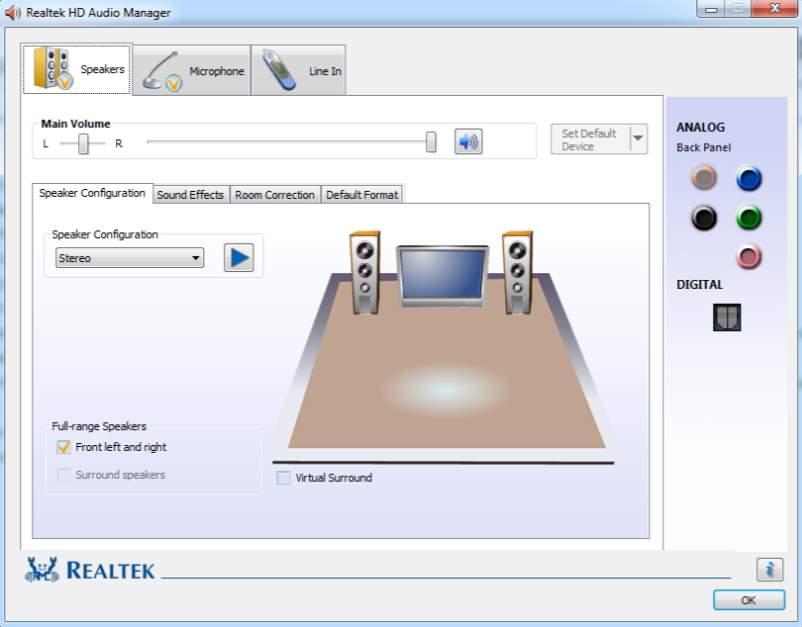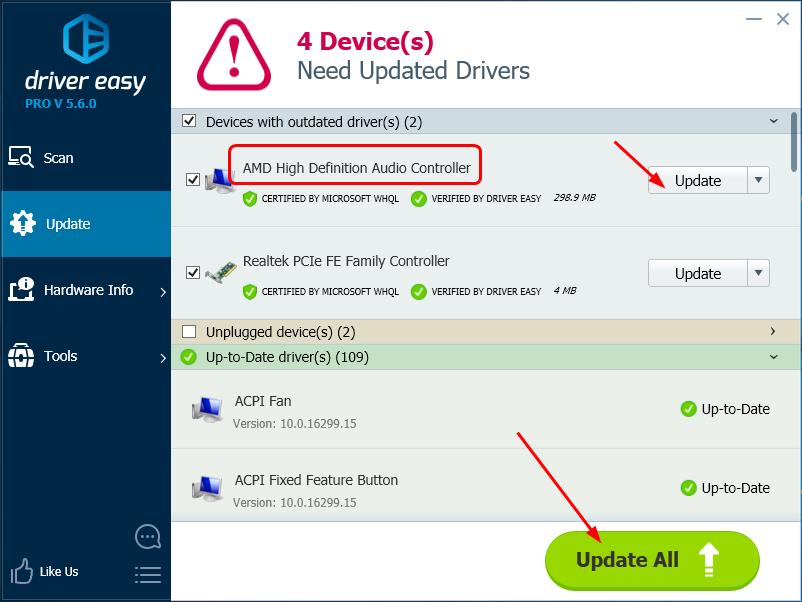- Media Drive Driver Download For Windows 10 64-bit
- Media Drive Driver Download For Windows 10
- Media Drive Driver Download For Windows 10 Pro
- Media Drive Driver Download For Windows 10 32-bit
The VCOM USB Driver is for Windows 10 32 bit and Windows 10 64 bit operating system. After downloading the driver follow the given guide to install VCOM Driver on your PC. The installation process is different than common executable files. So it is recommended to follow the guide. Below, we are sharing the links to USB drivers for most of the popular Android device manufacturers like Samsung, LG, Sony, Google, HTC, Motorola, Dell, etc.These USB drivers are safe to use as they are from their respective manufacturers. Need a Bluetooth Driver for your accessory? If you are having Bluetooth trouble, updates should be available through Microsoft's Windows Update service. If drivers were not downloaded automatically by Windows Update, use Device Manager to refresh the driver from Windows Update, or contact the device manufacturer.
Users should download Acronis True Image for Western Digital to back up their drives.) WD Drive Utilities for Windows. WD Security for Windows. On Windows 10, a device driver is an essential piece of code, which allows the system to interact with a specific hardware (such as graphics card, storage driver, network adapter, Bluetooth, etc.
Summary :
USB 3.0 drivers are the important elements to guarantee the normal running of the USB ports on your computer. If they are missing, outdated, or corrupt, you need to fix them by installing or updating them. MiniTool Software tells you how to fix USB drivers issues through doing these things in this post. You can read this post to get some useful information.
What Are USB 3.0 and USB 3.0 Drivers on Windows 10?
Media Drive Driver Download For Windows 10 64-bit
USB 3.0 is the third major version of the Universal Serial Bus (USB) standard for interfacing computers and electronic devices. It is one of the most popular and useful USB standard due to its fast and universal performance. You can find it on almost all modern devices.
To make sure that the USB 3.0 can work normally, you need to your computer has installed the right USB 3.0 drivers. If the USB 3.0 drivers on Windows 10 are outdated, missing or corrupt, the USB port will not work. In a situation like this, you will need to update or install USB driver Windows 10.
In this post, we will show you how to install or update USB 3.0 drivers on your Windows 10 computer.
USB thinks it’s a CD drive? Can’t access files on that drive? Before formatting the USB to normal, use MiniTool Power Data Recovery to recover its data.
How to Install USB 3.0 Drivers on Windows 10?
If the USB 3.0 drivers are missing or corrupt, you need to install the USB drivers Windows 10 to make everything back to normal.
Here is a step-by-step guide:
1. Search for Device Manager using the Windows search box and select the first search result.
2. Go to the Universal Serial Bus controllers section and unfold it.
3. Right-click on the USB Root Hub (USB 3.0) option and select Uninstall device.
4. Close Device Manager and reboot your computer.
After rebooting, Windows will automatically install the latest version of the USB 3.0 driver.
Are you troubled by USB keeps disconnecting and reconnecting Windows 10 issue? Do you want to solve it immediately? Read this post to get the solutions.
How to Update USB 3.0 Drivers on Windows 10?
Perhaps, you need to update USB drivers Windows 10. You need to follow these steps:
1. Use the same method mentioned above to open Device Manager.
2. Go to Universal Serial Bus controllers > USB Root Hub (USB 3.0).
3. Right-click on USB Root Hub (USB 3.0) and select Update driver.
4. Select Browse my computer for driver software to continue.
5. Select Let me pick from a list of available drivers on my computer and press Next.
6. Select USB Root Hub (USB 3.0) and press Next.

The updating process will start. When the process ends, you can close the update interface, Device Manager, and then restart your computer.
At times, the USB 3.0 driver issues may not be solved by using the above two methods. If so, you can then modify the USB power settings to fix the USB 3.0 drivers.

How to Modify the USB 3.0 Power Settings on Windows 10?
An improper USB power setting may be conflicted with the USB ports and connected devices. You can follow these steps to change the Windows 10 USB 3.0 power settings:
- Open Device Manager.
- Go to Universal Serial Bus controllers > USB Root Hub (USB 3.0).
- Right-click on USB Root Hub (USB 3.0) and go to Properties.
- Switch to the Power Management section.
- Check Allow the computer to turn off this device to save power.
Then, you can go to check whether the USB 3.0 driver issue is solved.
Before you begin
Driver updates for Windows 10, along with many devices, such as network adapters, monitors, printers, and video cards, are automatically downloaded and installed through Windows Update. You probably already have the most recent drivers, but if you'd like to manually update or reinstall a driver, here's how:
Update the device driver
Media Drive Driver Download For Windows 10
In the search box on the taskbar, enter device manager, then select Device Manager.
Select a category to see names of devices, then right-click (or press and hold) the one you’d like to update.
Select Search automatically for updated driver software.
Select Update Driver.
If Windows doesn't find a new driver, you can try looking for one on the device manufacturer's website and follow their instructions.
Reinstall the device driver
In the search box on the taskbar, enter device manager, then select Device Manager.
Right-click (or press and hold) the name of the device, and select Uninstall.
Restart your PC.
Windows will attempt to reinstall the driver.
Media Drive Driver Download For Windows 10 Pro
More help
Media Drive Driver Download For Windows 10 32-bit
If you can't see the desktop and instead see a blue, black, or blank screen, see Troubleshoot blue screen errors or Troubleshoot black or blank screen errors.
